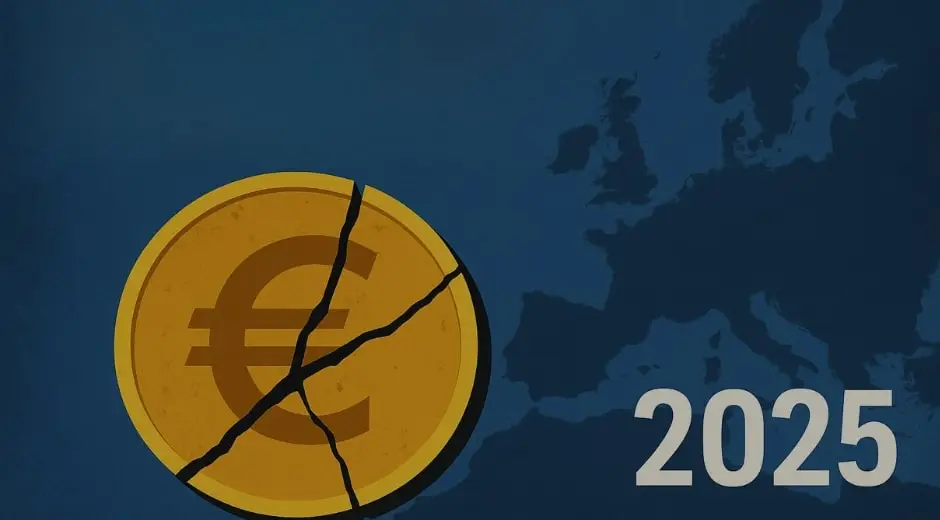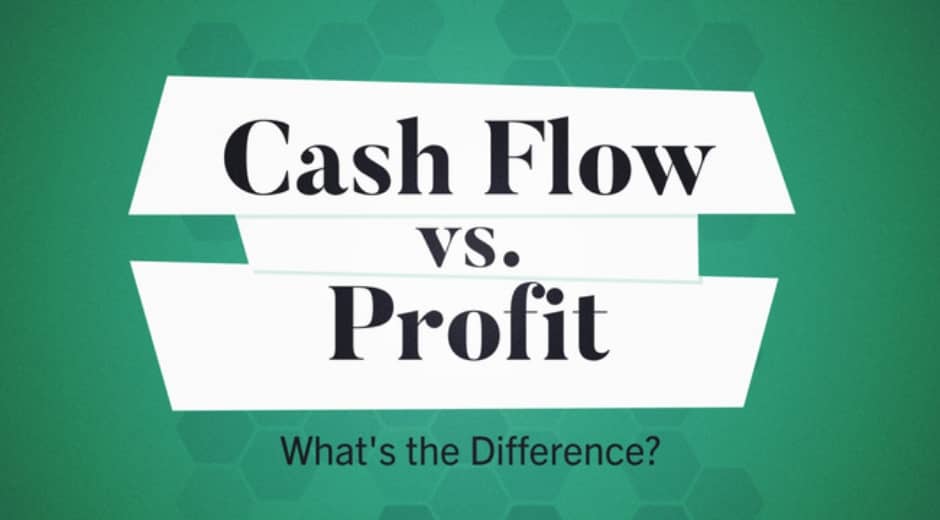Is Europe Headed Toward a Desperate Currency War?
Global trade dynamics are shifting rapidly in 2025, and Europe finds itself at a critical crossroads. With central banks across the world adjusting policy rates, inflation stabilizing unevenly, and nations protecting exports through subtle interventions, the fear of a modern currency war is resurfacing. Could the eurozone become the next battleground in a global struggle for monetary dominance?
1. The Euro’s Strength Becomes a Double-Edged Sword
The euro has gained considerable ground against the U.S. dollar and several Asian currencies. While this signals investor confidence, it simultaneously threatens Europe’s export competitiveness. Sectors like automotive, aerospace, and luxury goods—cornerstones of European trade—are starting to feel the squeeze.
Analysts from Gaming News Head note that market volatility has reached record levels not just in commodities and equities, but also in foreign exchange indices. Speculative capital movements have intensified, raising concerns about a euro overshoot that could spiral into policy retaliation from other blocs.
2. Global Trade Friction Rekindles Monetary Rivalries
The United States, Japan, and China are all taking strategic steps to protect domestic industries. Tariff adjustments, capital flow management, and targeted subsidies are creating a subtle race to the bottom in exchange rates. For Europe, maintaining monetary neutrality is becoming increasingly difficult.
As the ECB maintains its commitment to inflation control, other regions’ looser stances are indirectly devaluing their currencies—placing the euro at a relative disadvantage. This mismatch in global strategy is what many economists now describe as the “silent phase” of a currency war.
3. The ECB’s Tightrope: Between Inflation and Competitiveness
The European Central Bank (ECB) must balance multiple mandates: stabilizing prices, ensuring liquidity, and protecting competitiveness. However, any move toward rate cuts or quantitative easing risks political backlash. Meanwhile, maintaining a strong euro threatens to choke off industrial recovery in export-heavy nations like Germany and France.
A recent analysis from Style Radar Point compared the ECB’s current strategy to “walking a tightrope during a storm”—a metaphor that captures how small missteps in communication or timing could trigger massive market reactions. Europe’s strength lies in unity, but its diversity of national interests makes policy consensus increasingly fragile.
4. The Role of Domestic Politics and Diverging Interests
Several EU members face election cycles that complicate monetary alignment. Southern economies advocate for looser fiscal coordination, while northern states emphasize discipline. This divide creates fertile ground for policy clashes if markets begin punishing overvalued currencies.
Such fragmentation risks reigniting nationalist narratives about returning to national currencies—a dangerous echo of pre-euro Europe. The more internal disagreement grows, the less credible the bloc’s unified monetary stance becomes.
5. Competitive Devaluation: A Race No One Wins
Currency wars rarely have winners. While temporary depreciation may boost exports, it often leads to retaliatory interventions, inflation, and capital flight. In Europe’s case, any perception of strategic devaluation could undermine investor confidence in the euro itself.
Historical evidence suggests that once currency manipulation begins, it becomes difficult to contain. The risk is not only economic but reputational—Europe’s image as a stable and rule-based monetary power could be tarnished.
6. Lessons from the Past
The eurozone was designed in part to prevent the destructive currency competitions that plagued Europe before its creation. Yet, as Taste Flavor Book insightfully points out in a recent commentary, “Stability is not a given—it’s a choice.” If the EU fails to adapt its fiscal and monetary coordination, it risks repeating old mistakes under new circumstances.
In short, the lessons of the 1930s and 1990s still apply: once countries begin viewing their neighbors as competitors rather than partners, cooperation unravels quickly.
7. The Global Domino Effect
If Europe were to engage in competitive devaluation, the ripple effects would be immediate. The U.S. might respond with countermeasures, emerging markets could experience capital outflows, and the global trade system would suffer another blow. Investors would rush toward safe havens, distorting global capital markets.
In a world already struggling with inflation shocks, energy transitions, and post-pandemic restructuring, the last thing it needs is a continental currency war.
8. Scenarios for the Future
There are three potential paths forward for Europe:
- Strategic Cooperation: The ECB maintains stability, while EU members strengthen fiscal unity.
- Passive Escalation: A gradual slide into competitive tactics, disguised as “policy flexibility.”
- Open Conflict: Retaliatory moves that trigger global market volatility and damage the euro’s credibility.
Of these, strategic cooperation remains the most desirable but also the most politically demanding path.
9. What Europe Must Do Now
To prevent a currency war, Europe must commit to greater transparency and coordination. Strengthening eurozone fiscal frameworks, improving communication between the ECB and national governments, and building resilience through digital finance integration can provide the stability needed to avoid escalation.
Moreover, aligning economic priorities—such as green investment, digital infrastructure, and energy independence—can help Europe achieve sustainable competitiveness without resorting to currency manipulation.
Conclusion: A Test of Unity and Strategy
Is Europe truly on the brink of a desperate currency war? Not yet—but the warning signs are flashing. The next two years will test whether the European Union can maintain unity under monetary stress. Success will depend on leadership, foresight, and the political will to act before markets force its hand.
For Europe, the choice is clear: defend the euro through cooperation and innovation—or risk losing control of its financial destiny.
Want to explore more insights into global financial trends and monetary policy? Visit our Global Monetary Trends 2025 Guide for expert analysis and forward-looking strategies.
Further Reading
Finance Easy

Strategic Partnerships: The Hidden Power Behind Business Growth and Lasting Networks
Strategic Partnerships explores how collaboration, trust, and shared vision create strong business growth and redefine networking in the modern economy.

Brand Authenticity: The New Currency of Modern Marketing
Brand Authenticity explores how genuine storytelling, trust, and transparency build lasting relationships and drive success in modern marketing.

Sustainable Investing: Building Wealth with Purpose and Long-Term Impact
Sustainable Investing explores how conscious investors combine profitability with social and environmental responsibility to shape a better financial future.













